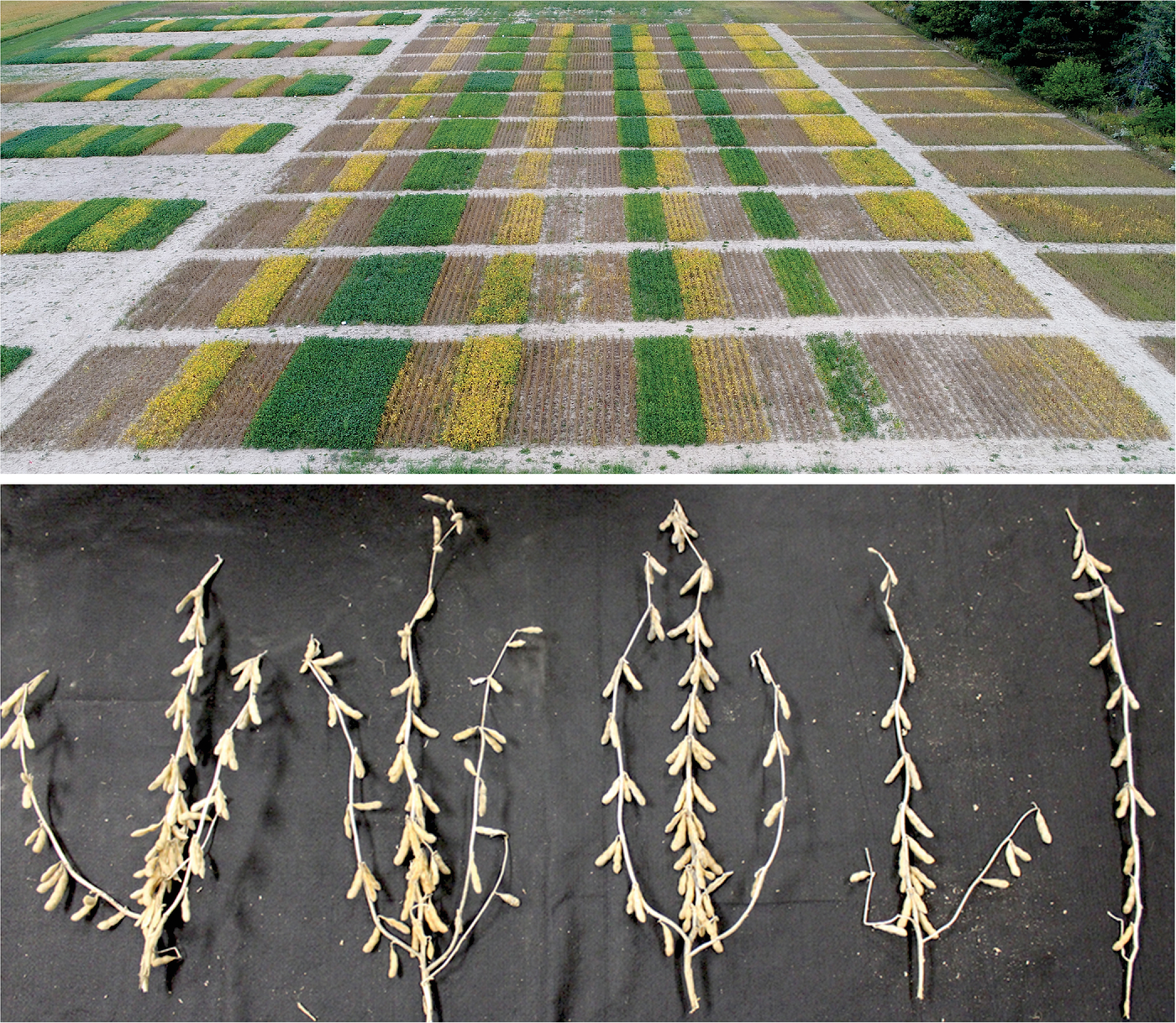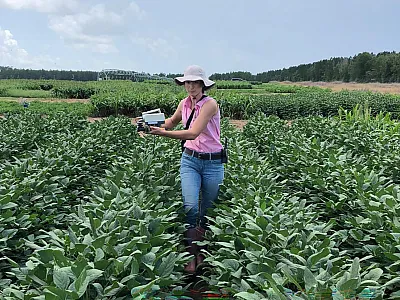Adjusting Seeding Rate, Seed Treatment, and Planting Date for Soybean Yield and Profit

Early‐season soybean planting in the U.S. Midwest has been shown to improve yield. However, inclement weather, equipment restrictions, and other issues can delay planting. Soybean planting dates will also become more inconsistent as the climate changes.
Research in Michigan and other northern states on optimal soybean planting windows is inadequate as is research on how growers should adjust other management decisions based on planting date to optimize their yield and profits. Decisions on soybean seeding rate and seed treatment can greatly influence grower profits.
New research shows that the optimal time for soybean planting in Michigan is between late April and mid‐May. However, yield losses might occur when planting early in non‐ideal field conditions. The seeding rate for maximizing profit was lowest at the end of April and increased as planting was delayed; it was only 63–68% of the seeding rate for maximizing yield. Seed treatment improved the number of plants per acre at one location but did not improve yield at any site‐year regardless of planting date.
Future studies could explore how adjusting other management practices (e.g., variety maturity, planting method, fertility, and pest control) based on planting time could benefit growers.
Adapted from Siler, T.B., & Singh, M.P. (2022). Soybean seeding rate and seed treatment that maximize yield and profitability based on planting date. Agronomy Journal, 115, 759–769. https://doi.org/10.1002/agj2.21253
Text © . The authors. CC BY-NC-ND 4.0. Except where otherwise noted, images are subject to copyright. Any reuse without express permission from the copyright owner is prohibited.











